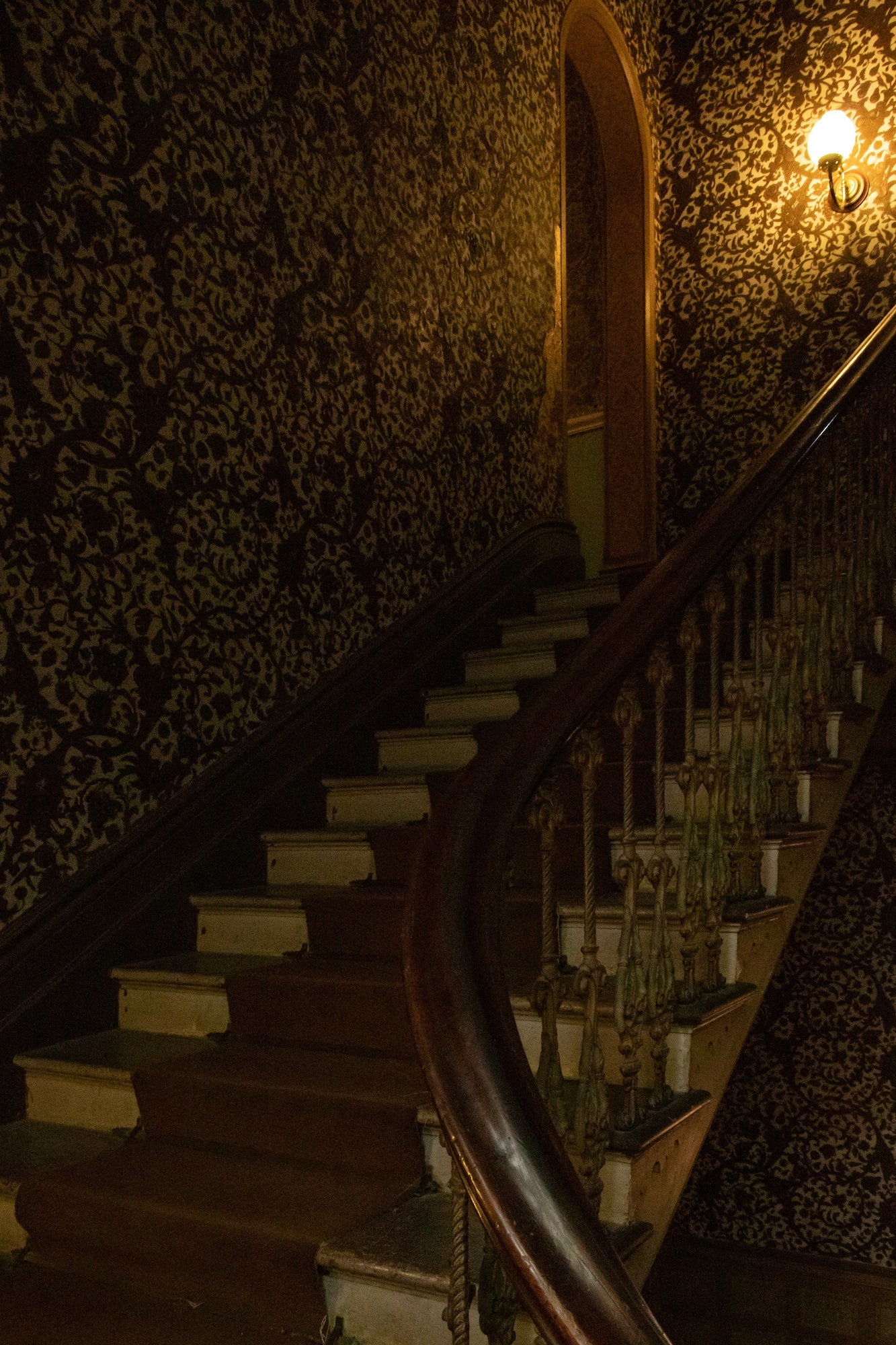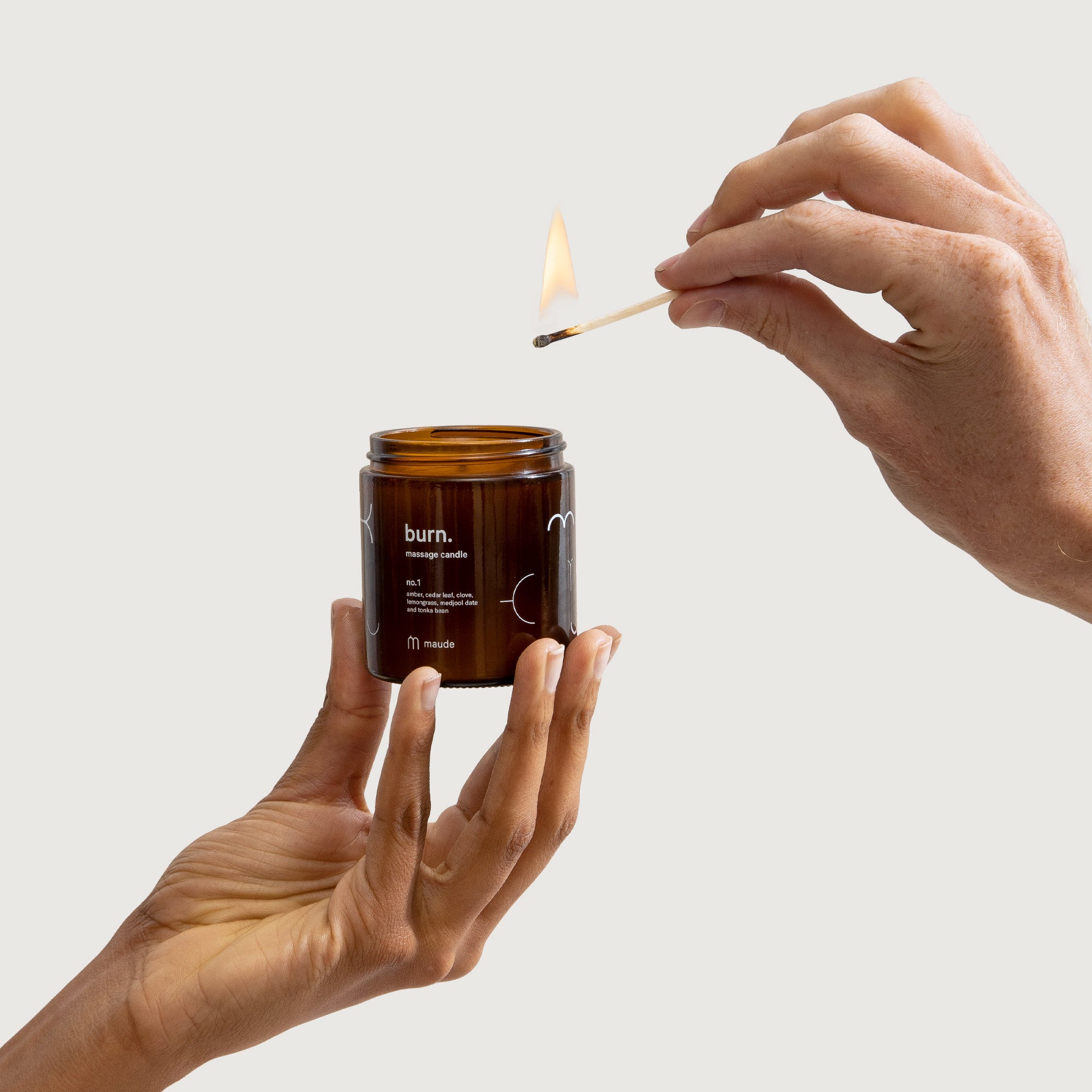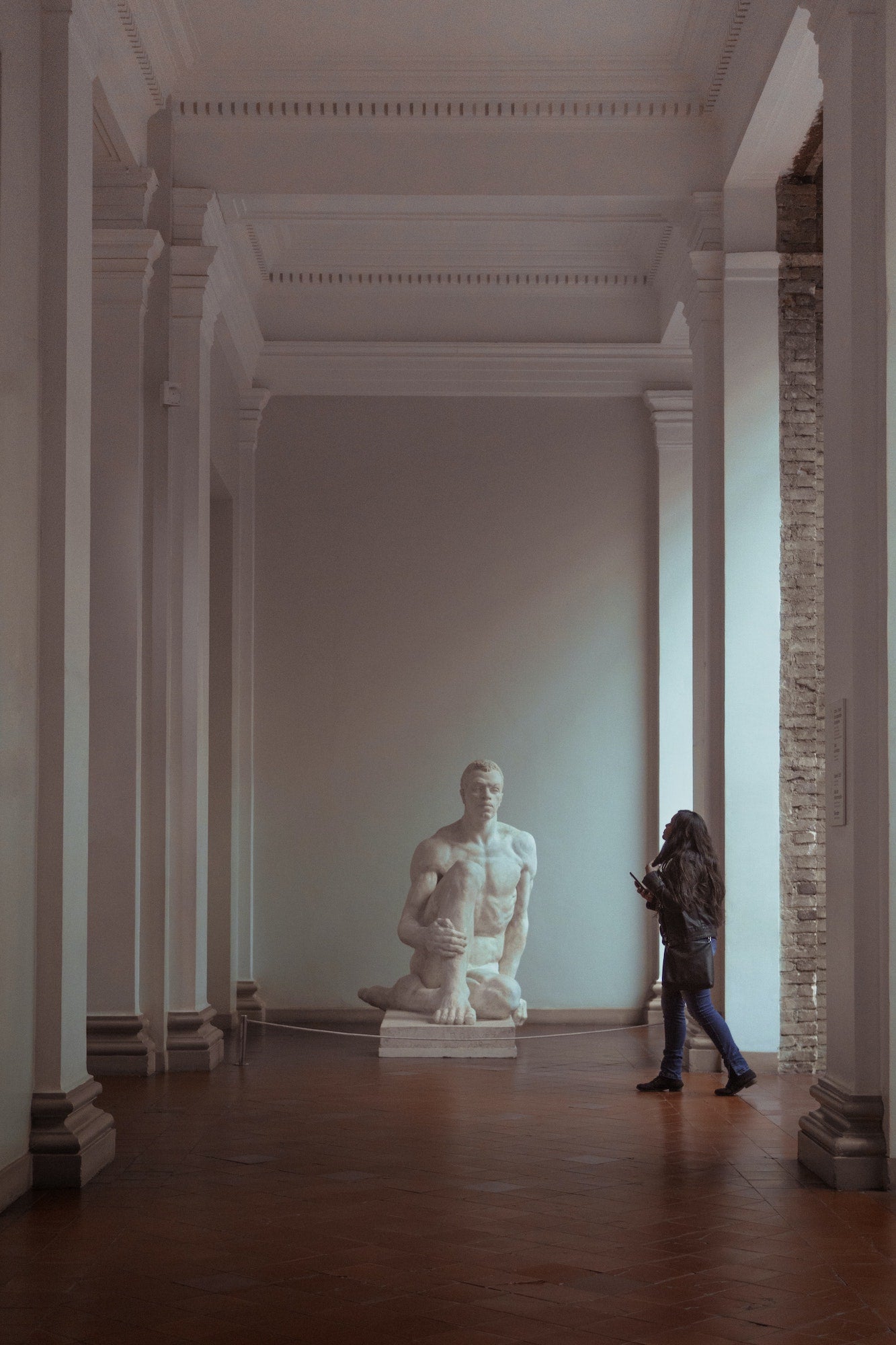The Tragic Life of History’s Most Notorious Femme Fatale.

Was the world’s most famous courtesan a devious seductress or unwilling scapegoat?
Mata Hari didn’t set out to become an archetype. Her name has almost become a generic term for the femme fatale archetype, the idea of a woman using her sexuality for weaponized purposes, seducing the powerful into spilling their secrets. There’s something eternally compelling about the idea of the world’s most military leaders being rendered defenseless in the face of the overwhelming temptation.
But she was a real person. Mata Hari was born the slightly less exotically-named Margaretha Geertruida Zelle in the Netherlands in 1876. She grew up in an initially wealthy family thanks to her milliner father’s shrewd investments and went to expensive schools. This all ended abruptly when Margaretha—known as “M’greet” to her family—was 13. Within less than two years, her father declared bankruptcy, her parents got divorced and her mother died. She was sent to live with her godfather to train as a kindergarten teacher, then withdrawn from the training program when the headmaster began behaving inappropriately towards her. She ended up living with an uncle.
The next chapter in Zelle’s nice was no less tumultuous. Eager for some security, she answered a classified ad placed by an officer in the Dutch Army seeking a wife, and found herself at 18 living in the Dutch East Indies (modern-day Indonesia) with her new husband Rudolf McLeod, theoretically sorted out. However, McLeod was abusive and openly adulterous. They had two children, one of who died at just two years old. Margaretha flung herself into dancing and learning about the local culture, adopting the name Mata Hari (“eye of the day” in the local Malay language) for her creative output.
The couple moved back to the Netherlands and divorced. While Margaretha was awarded custody of their surviving daughter, Jeanne, Rudolf decided not to send her back after a visit, and Margaretha didn’t feel like she was in a position to fight to get her back. She left the Netherlands for Paris in 1903, aged 27, performing in a circus and working as an artist’s model before transitioning into exotic dancing.
This was where Mata Hari as history knows her was born. Combining modern dance with techniques and costumes she had picked up in the Far East, she quickly became famous and successful, managed by the same booking agent as Richard Strauss and other opera greats. She presented herself as Indian, well-traveled, and well-versed in various ancient erotic dances, something nobody at the time thought to question.
She frequently appeared nude other than a breastplate—she was self-conscious about having small breasts—and began a long-running affair with a millionaire industrialist, Émile Étienne Guimet. She began traveling to perform in other European cities, with one Viennese journalist writing that she was "so feline, extremely feminine, majestically tragic, the thousand curves and movements of her body trembling in a thousand rhythms", the 1900s Austrian equivalent of being horny on main.
However, after a few years, her career began to quieten down—younger dancers she had influenced were in more demand—and in the 1910s she was increasingly occupied as a courtesan rather than a performer, arranging liaisons with rich and powerful men all across Europe. She had maintained Dutch citizenship all this time, which allowed for free movement. By the beginning of the First World War, her extravagant lifestyle was less impressive to the average French citizen than once it was, as National Geographic notes: She seemed not to grasp that ordinary people resented her ostentatious lifestyle while French families were doing without basics: coal, clothing, and foodstuffs. They were sending their fathers, husbands, brothers, and sons to be killed in the war while she continued to live in comfort and plenty.”
She was approached by a German officer and invited to spy for Germany. She declined the offer, but took the money. Around this time she fell in love with Captain Vadim Maslov, a Russian pilot nearly two decades her junior flying with the French Army. When he was wounded, she was not permitted to go to the front to see him. She was then approached by the Deuxieme Bureau—the French equivalent of the CIA—and told she could see Maslov if she became a spy for the French, using her connections with powerful influential men to uncover valuable secrets.
This is where things get a little cloudy. The main figure she was told to target, the Crown Prince, was privy to almost nothing of any consequence. In trying to get to him, she offered to sell secrets she knew about the French to a German attache—either a genuine betrayal or an attempt to build trust to get nearer the Prince. Either way, the Germans mentioned it in communications that were intercepted by the French, in which they barely attempted to hide who she was, describing her in a way that made it glaringly obvious who was being discussed. There is a strong chance they knew that this particular line of communications was being monitored, and did it deliberately to expose Mata Hari as a double agent.
Whether she was legitimately discovered, or deliberately hung out to dry, Mata Hari ended up as a scapegoat for a huge amount of failures she had nothing to do with. She was blamed for the deaths of 50,000 soldiers, something for which no evidence was provided and no credible case could be made. However, she made for a perfect scapegoat, every detail of her life being used as ‘proof’ of her perceived lack of morals. Even Maslov testified against her, saying he didn’t care if she was found guilty. She was executed by firing squad in October 1917, aged 41.
The vast likelihood is that, rather than the conniving seductress and femme fatale that she has become known as, Mata Hari was simply doing her best with the cards life dealt her. She was essentially abandoned or mistreated by everyone she had ever been close to, and ended up paying the ultimate price, a victim of savagely inconsistent morality. As she told her captors before she died, “A courtesan, I admit it. A spy, never! I have always lived for love and pleasure."





